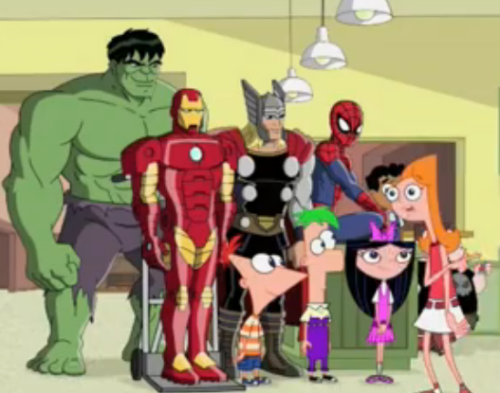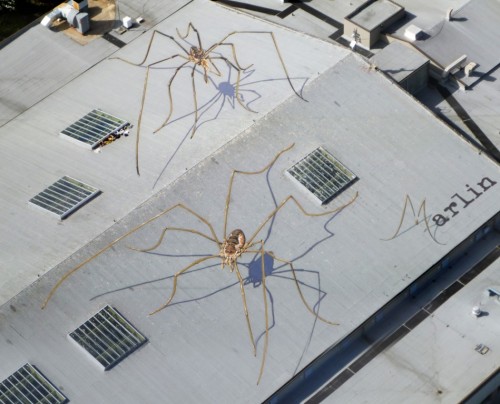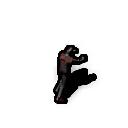So I’ve mentioned before that I’m not sold on the DnDNext’s Sorcerer, and that I was never really onboard with them in 3rd/4thedition. To me

Seoni – Pathfinder’s iconic sorceress
they’re simply a subclass or variant of the wizard. We need the wizard, yes, but not a sorcerer (or warlock for that mater, but that’s another conversation).
Having both a wizard and sorcerer as core classes, I think, makes spellcasters and magic too rigidly structured. Having core classes with near identical function (in play) opens up the game to too many rules and tweaks that can exploit balance and cause confusion for players during creation and the DM during play. I’d much rather approach the Sorcerer as a variant or subclass of the Wizard. I still want ways to tweak and optimize and create sorcerous flavor, but still stay true to the Wizard’s roots and core class rules.
So what could this look like in DnDNext?
As a homebrew – first I’d split up the actual sorcery, that is the spellcasting, with sorcerous/draconic origin. To me they are completely different things.
For DnDNext, sorcery could become a specialty, much like how necromancy in the beta works now, and it you wanted a spellcaster with a sorcerous mechanic (read – use cha for your spell prowess), you would choose that.
Sorcery as a Specialty in DnDNext could look like this:
————————————————–
Magic is now part of your being; an untamed, wild power that surges and roils, constantly on the verge of breaking free. Your spells are not learned from books or granted by pacts or prayers. They come from within you…. (etc.)
Requirement – cast Wizardry spells
Level 1: Sorcerous Magic
The number of spells you can know decreases – At first level, you know two 1st-level spells. Each time you increase in level, you can learn one new spell. When you learn a new spell, its level must be no higher than your maximum spell level. However, unlike a wizard, you know these spells innately, don’t require a spellbook, and don’t need to prepare them. Instead of using Int for your casting ability, you use Cha instead.
Casting a Spell: Instead of having spells per day, You must spend spell points to cast a sorcerer spell (other than a minor spell). A spell’s level determines the spell’s spell point cost. It costs 1 spell point to cast a 1st level spell, 2 spell points to cast a 2nd level spell, etc. If you don’t have enough spell points available, you cannot cast the spell. Spell points are determined by taking your normal wizards spells per day, halving them, and adding +1 (note: not sure how balanced this is – could use some other similar mechanism). You regain all of your expended willpower points at the end of a long rest. You cannot cast sorcerer spells while wearing armor.
Magical Attacks: When you make a magical attack using a sorcerer spell, you use your Charisma modifier for the attack roll, and add a bonus to that roll based on the Magic Attack column in the Wizard table. Saving Throw DCs: When a spell that you cast calls for a saving throw, the save DC equals 10 + your Charisma modifier. As you gain levels, the DC increases, as noted in the Wizard table.
Level 3
Sorcerous Power: Draconic Resistance
Depending on the source of your sorcerous powers, you gain a natural resistance against certain types of damage. Choose one of the following:
- Acid
- Lightning
- Fire
- Physical
- etc
Requirement: You can use this power only as a reaction in response to taking damage. Effect: Before you take the damage, it is reduced by 10. The resistance lasts until the end of your next turn.
————————————————–
The second thing would be to make Sorcerous Origin (and the playtest sample – Draconic Heritage) more of a racial ability. These powers would manifest when you chose Elf: Dragon Heritage, Dwarf: Dragon Heritage or Halfling: Dragon heritage (instead of the other sub-races that are available). Here’s an example of what that MIGHT look like, based on segregating out the existing draconic heritage abilities.
————————————————–

Draconic heritage
Besides being a (Dwarf/elf/Halfling) somewhere in your ancestry, the blood of a dragon entered your lineage. Its effects do not manifest in every generation, and they do not always appear as full-fledged powers. But in you, the blood runs true.
Ability Adjustment – +1 to (str for dwarf, cha for elf and con for Halfling)
Dwarf Special ability: Dragon Strength – You channel the ancient strength of the dragon, causing you to deal heavy damage. Effect: The next time you hit a hostile creature with a melee attack during the next minute, that creature takes an extra 2d6 damage.
Elf Special ability: Draconic Physique: After you have spent 3 spell points, your hands become claw-like and your body grows more imposing. Until you complete a long rest, you gain a +2 bonus to the damage rolls of your melee attacks.
Halfling Special Ability: Draconic Toughness – just like the Hill Dwarf’s Dwarven Toughness ability
————————————————–
Conceptually this just makes more sense to me. Sorcery becomes a discipline, something that can be learned, be nurtured. Sorcerous origin becomes nature, something you are born with.
There are still a few big issues to this approach I haven’t reconciled yet
- Sorcery still veers too far away from the core class of Wizard, and I want to look at simplifying their basic abilities even further, or at least making the mechanics as similar to Wizard as possible yet still keeping the “feel” of a sorcerer
- My tweaking pushes Specialties into becoming a little too overbalancing/powerful – with specialties like this one, why would someone choose a specialty like healer or Survivor?
- There’s no Draconic Heritage Human, because Humans don’t have sub-races (at least not yet, something else I’d change and may write about in a future post).
- The above examples need to be further balanced (meant as examples, only)
Read Full Post »























